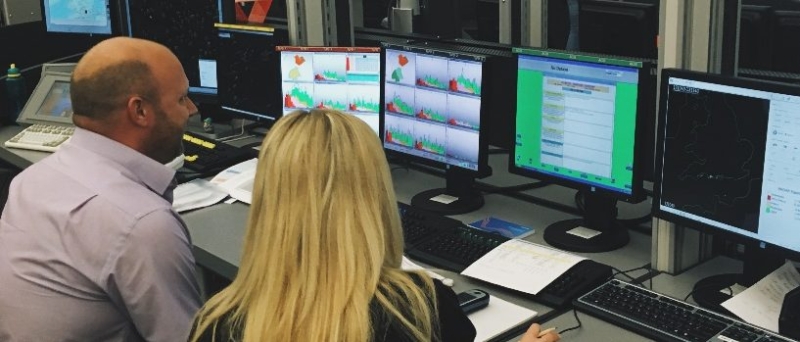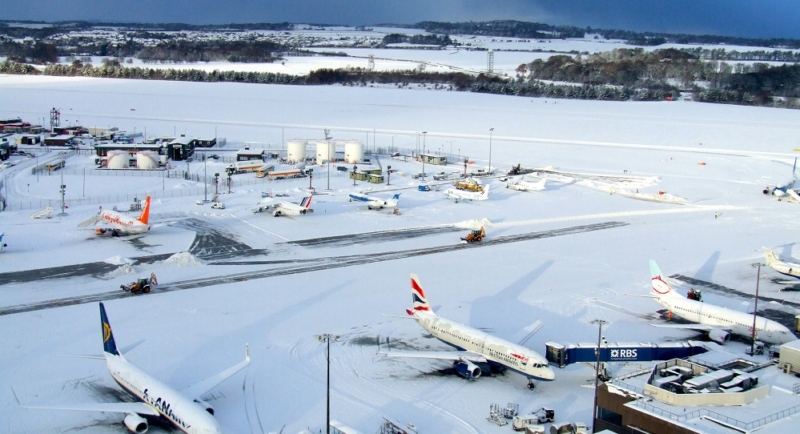Planes, plans and predicting demand
23 June 2016The UK’s airspace is some of the busiest and most complex in the world and as well as traffic departing and arriving from the UK, we also act as one of the main gateways in and out of continental Europe.
This means that the patterns of traffic in the UK on any given day can affect the rest of Europe and conversely, any shifts in traffic patterns and volumes in Europe can impact traffic flows through UK airspace.
To help manage this we have an Airspace Capacity Management team, based at our centre in Swanwick, Hampshire. We provide operational advice and guidance to Airports and En-route operations centres within the UK and Ireland regarding flows of aircraft through their airspace.
We do this for both the UK and Ireland on behalf of the UK-Ireland Functional Airspace Block (FAB), which is part of the Single European Sky structures to help streamline air traffic management across Europe.

It is a complex topic, subject to influence by a myriad of events which take place across Europe’s aviation system on a daily basis, both expected and unforeseen.
The team manage day to day challenges such as weather, which might alter traffic flows or potentially cause delays – for example if we are anticipating fog at our major airports, or the impact of an unforeseen closure in another country’s airspace, maybe due to industrial action or other such factors.
However, much of what we do is about planning ahead for events we know will impact traffic flows. This could be major sporting events like the Euro 2016 currently under way in France, or peak school holiday times, which impact the volumes of traffic we expect to see in particular parts of airspace.
The Airspace Capacity Management team look ahead to busy days/period of time in the calendar like this and will work across the operation to plan accordingly, helping to ensure our Air Traffic Controllers are allocated to sectors where there is likely to be greatest demand.

The further ahead we can plan, the more we can do to minimise the chance of any disruption to those flying through UK airspace, for example by reducing the likelihood of needing to implement flow regulations to limit traffic; this becomes increasingly important in our already crowded airspace.
We’re currently developing new tools for the ACM team for future operations. Part of this involves developing a more accurate view of future forecast demand, including a seasonal view of airport scheduled growth, so that we can anticipate shifting patterns of traffic growth and growing demand. With traffic continuing to grow, the more planning we can do the better!
Comments
Please respect our commenting policy and guidelines when posting on this website.



